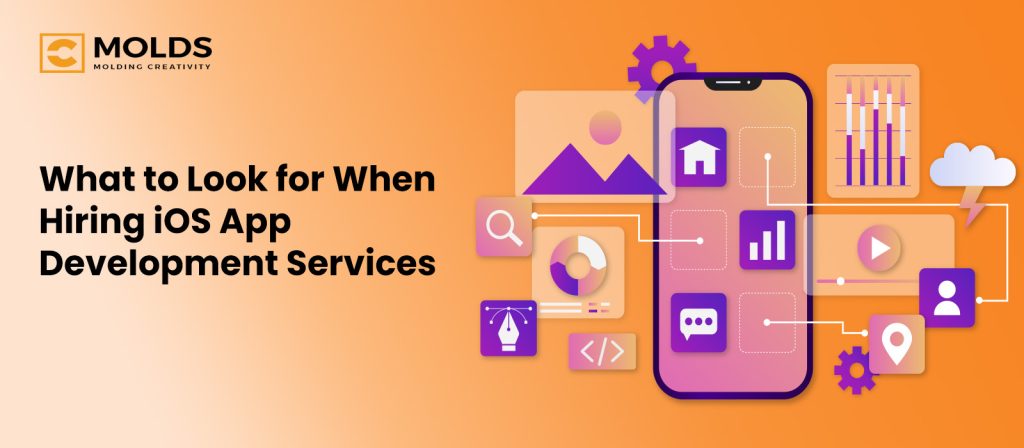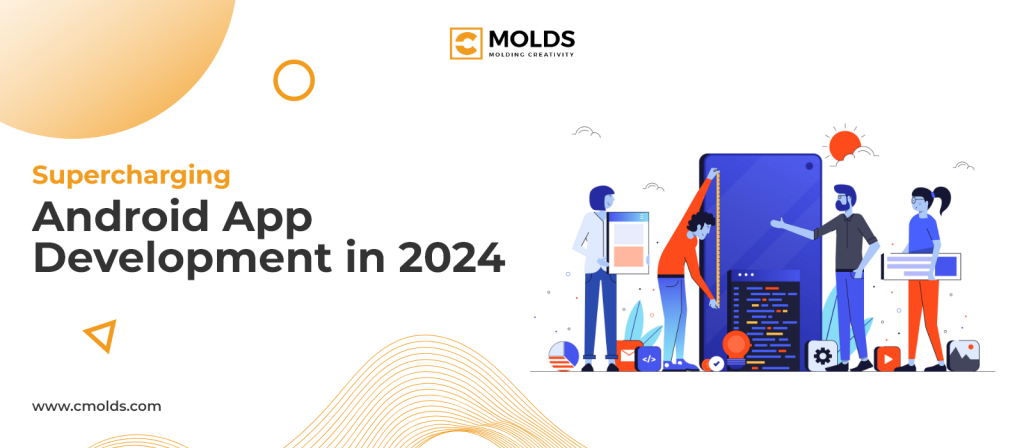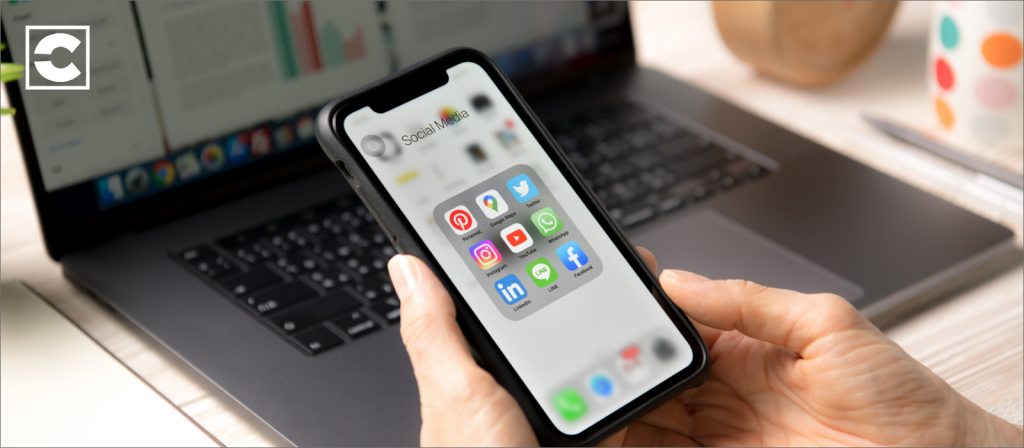Author
Troy Hulbert
Date
August 2, 2023
Category
Mobile App Development Company
INTRODUCTION
Validating a product is a vital stage that will make or break the success of your app in the rapidly changing field of Mobile app development.
Product validation entails determining whether your app concept satisfies the demands of your target audience and whether it can succeed in a competitive marketplace.
This blog will examine the key processes for properly validating a Mobile app development product and guaranteeing marketability.
1. Understanding Your Target Audience
Gain a comprehensive understanding of your target audience in Mobile app development to create a product that resonates with their requirements.
- Conduct thorough market research to identify the needs and preferences of your potential users.
- Utilize surveys to gather valuable insights about your target audience’s preferences and pain points.
- Organize focus groups to gain in-depth feedback and opinions directly from your potential users.
- Leverage social media interactions to understand your target audience’s behaviors and interests.
- Create detailed user personas based on the data collected to better empathize with your audience.
- Analyze the demographics, behaviors, and motivations of your target audience for a deeper understanding.
- Identify gaps in the market that your Mobile app development can address to meet user needs.
- Tailor your product features and user experience to align with the identified requirements of your target audience.
2. Analyzing Competitors
Analyzing competitors in Mobile app development is crucial for product validation and creating a unique selling proposition (USP) that sets your app apart from the competition.
- Investigate other mobile apps developed by competitors to understand their offerings and target audience.
- Identify the strengths and weaknesses of your competitors’ mobile apps to gain insights into industry best practices.
- Conduct a comparative analysis of features, design, and user experience between your app and competitors’ apps.
- Look for gaps in the market that your Mobile app development company can fill with innovative solutions.
- Analyze customer reviews and feedback on competitors’ apps to understand user pain points and preferences.
- Use the gathered information to refine your app idea and enhance features to meet user demands effectively.
- Focus on creating a unique selling proposition (USP) that differentiates your mobile app from similar offerings.
- Ensure that your app’s USP adds value to the users and addresses specific needs not adequately covered by competitors.Top of Form
3. Creating a Minimum Viable Product (MVP)
Creating an MVP in Mobile app development is cost-effective, allowing idea validation, user feedback, and core focus.
- Define the core features and functionalities that are essential for your mobile app’s basic functionality.
- Prioritize the development of these core features to create a functional MVP quickly.
- Keep the MVP simple and focused on addressing the main pain points of your target audience.
- Allocate resources efficiently, avoiding excessive investment in non-essential features during the MVP phase.
- Conduct beta testing with a limited audience to gather valuable user feedback and identify areas for improvement.
- Utilize user feedback to enhance the MVP and align it with user expectations iteratively.
- Monitor user engagement and behavior within the MVP to gain insights into its effectiveness and usability.
- Use the feedback and insights gathered from the MVP to make informed decisions for further Mobile app development.
4. Gathering User Feedback
Gathering user feedback is a crucial step in Mobile app development to validate the product and improve its alignment with market demand.
- Engage with early users and encourage them to provide feedback on their experience with the MVP.
- Utilize surveys to gather quantitative data about user preferences, satisfaction, and pain points.
- Implement in-app feedback mechanisms that allow users to share their thoughts and suggestions easily.
- Conduct personal interviews with select users to gain qualitative insights and understand their needs better.
- Analyze user feedback systematically to identify recurring themes and areas that need improvement.
- Prioritize addressing critical user concerns and suggestions that can enhance the app’s overall experience.
- Use feedback to improve the mobile app iteratively, ensuring it meets user expectations effectively.
- Continuously engage with users throughout the development process to maintain a user-centric approach.
5. Measuring Key Metrics
Key metrics are crucial for Mobile app development firms to gauge app success and goal achievement.
- Define key metrics that align with your app’s objectives, such as user acquisition, retention rate, and user engagement.
- Use analytics tools to track and monitor user acquisition, measuring the effectiveness of your marketing strategies.
- Analyze user retention rate to gauge the app’s ability to retain users over time and identify areas for improvement.
- Measure user engagement metrics, such as session duration and frequency, to assess user interest and app usage patterns.
- Track conversion rates to evaluate how effectively the app turns users into customers or achieves specific goals.
- Set benchmarks for each key metric based on industry standards and your app’s specific targets.
- Regularly analyze the trends and patterns of key metrics over time to identify any performance fluctuations or issues.
- Use data-driven insights from key metrics to make informed decisions and optimize the app’s performance.
6. Conducting A/B Testing
A/B testing is a valuable technique used by Mobile app development companies to analyze user preferences and behaviors, allowing data-driven decisions for app optimization.
- Identify elements in your Mobile app that require optimization, such as app designs, call-to-action buttons, or onboarding processes.
- Create two variations (A and B) for each element and randomly assign users to different groups to ensure a representative sample.
- Present version A to one group and version B to another, ensuring that both groups have a comparable user base.
- Monitor and measure user interactions and behaviors for each version, collecting quantitative data on user engagement and preferences.
- Analyze the results of the A/B test to determine which variation performs better in terms of user engagement and conversion rates.
- Use the insights gained from A/B testing to inform app design and development decisions that align with user preferences.
- Conduct multiple rounds of A/B testing for different app elements to optimize the mobile app’s performance continuously.
- Implement the preferred version (A or B) based on the A/B test results to enhance the overall user experience and app effectiveness.
7. Implementing User Behavior Analytics
Implementing user behavior analytics is a valuable practice for Mobile app development companies to gain detailed insights into user behavior and preferences, enabling them to optimize the user experience and identify areas for improvement.
- Utilize user behavior analytics tools, such as heatmaps, to visualize user interactions and identify popular app sections.
- Analyze click-through rates to understand which elements attract users’ attention and which ones need improvement.
- Conduct user flow analysis to track the navigation path users take within the app and identify potential bottlenecks.
- Measure session durations to gauge user engagement levels and identify areas where users spend more time.
- Utilize cohort analysis to compare the behavior of different user groups, enabling targeted app improvements.
- Identify drop-off points in user flows to understand where users abandon the app, indicating areas for enhancement.
- Utilize funnel analysis to track user progress through specific app processes, such as sign-ups or purchases.
- Use the insights gathered from user behavior analytics to make data-driven decisions for app optimization and enhancement.
8. Scaling and Growth Strategy
Scaling and implementing a growth strategy is essential for a Mobile app development company to expand its user base and thrive in the competitive app market.
- Leverage positive user feedback and metrics to build credibility and attract new users to the app.
- Develop a targeted marketing strategy tailored to your app’s target audience and industry niche.
- Collaborate with influencers and key opinion leaders in your industry to reach a broader audience.
- Utilize social media platforms to promote your mobile app and engage with potential users effectively.
- Consider partnerships with relevant businesses or platforms to increase app visibility and user acquisition.
- Focus on app store optimization (ASO) to improve your app’s discoverability and increase organic downloads.
- Implement referral programs and incentives to encourage existing users to invite others to use the app.
- Continuously monitor and analyze the results of your growth strategy to make data-driven adjustments for better performance.
CONCLUSION
Product validation is an essential step in the universe of Mobile app development that could influence your app’s success. By understanding your target audience, analyzing competitors, creating an MVP, gathering user feedback, measuring key metrics, conducting A/B testing, implementing user behavior analytics, and devising a growth strategy, you can validate your product effectively.
A well-received mobile app is only one benefit of a successful product validation process. Your Mobile app development company’s growth and reputation will also benefit.
To build mobile apps that actually enrich the lives of your consumers, stay flexible, keep getting better, and never stop inventing.














